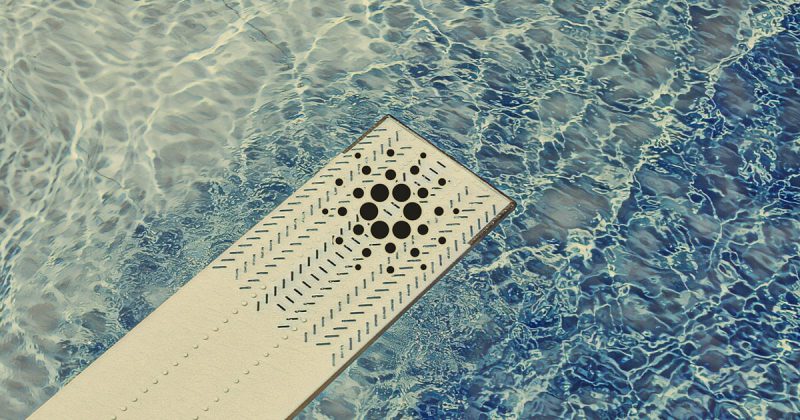It is relatively more straightforward to stake Cardano (ADA) than some of the other cryptocurrencies. Users can simply choose a stake pool operator and begin staking. However, staking ADA in a self-custodian wallet is a longer process. Holding cryptocurrency in self-custody wallets has become more popular than ever after the collapse of FTX. The disaster shed light on the importance of keeping one’s assets in their custody.
Cardano had a full-wallet implementation with IOHK’s Daedalus when it debuted in 2017. Emurgo introduced the Yoroi light wallet two years later. The wallet landscape in the Cardano ecosystem has changed dramatically after the Shelley mainnet hard fork in 2020.
A crucial aspect of Cardano’s custodial wallet staking is that the wallet owner never lets their ADA tokens leave their possession. Tokens are always in the users’ possession. The quantity of ADA in the wallet at the most recent epoch boundary (five days) is the basis for delegation.
How to stake Cardano on a self-custody wallet?
Before staking your ADA tokens, you will first need a Cardano self-custody wallet, such as Yoroi and Daedalus.
For users using the Yoroi Wallet:
- Select “Delegation list” on the wallet page.
- Pool operators can also participate in the pool by choosing the “Pledge column.” A larger pledge indicates more skin in the game.
- The “Delegate” button allows holders to select a pool to stake in.
For users using the Daedalus wallet:
- Click on the “Staking” tab to start the process.
- Then click on “Delegation” to enter the delegation center, where you can choose the stake pool.
- Enter the amount of Cardano (ADA), and then confirm.
The Ouroboros protocol, not the pool operator, automatically distributes the rewards from the reserves to all ADA wallets at the end of each five-day epoch.
Moreover, users can try using a stake pool search tool or expanding their search parameters to include additional alternatives if they are unable to discover an appropriate stake pool to delegate to. The history and performance of each stake pool may be examined in greater detail using specialized stake pool portals like PoolTool and explorers like Cardanoscan and Cexplorer.





